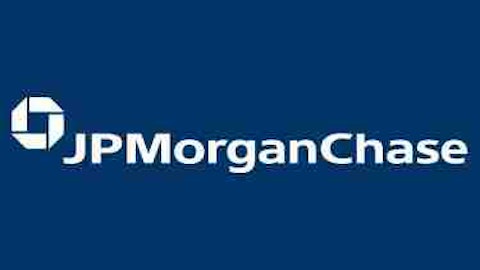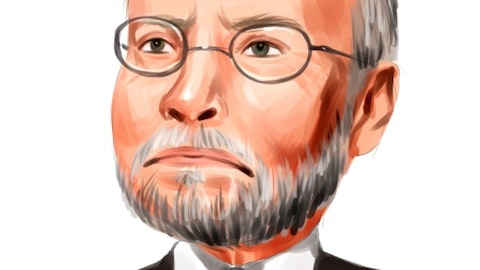Grifters, schemers, and thieves
Hundreds of investment trusts, far from being misunderstood tools of the American financial future, were in the process of creating an amplifying feedback loop of leverage. An ordinary investor might be leveraged 10-to-1, but an investment trust, also leveraged 10-to-1, would then be invested in another investment trust similarly leveraged, which would in turn be invested in yet another investment trust, until a superstructure had been built with all the integrity of a skyscraper made of matchsticks. John Kenneth Galbraith would later condemn these newfangled schemes of American enterprise in his seminal work, The Great Crash, 1929, as:
The most notable piece of speculative architecture of the late twenties, and the one by which, more than any other device, the public demand for common stocks was satisfied. … The investment trust did not promote new enterprises or enlarge old ones. It merely arranged that people could own stock in old companies through the medium of new ones. … The virtue of the investment trust was that it brought about an almost complete divorce of the volume of corporate securities outstanding from the volume of corporate assets in existence. The former could be twice, thrice, or any multiple of the latter.
Before 1921 in the United States only a few small companies existed for the primary purpose of investing in the securities of other companies. … By the beginning of 1927 an estimated 160 were in existence. … During 1928 an estimated 186 investment trusts were organized; by the early months of 1929 they were being promoted at the rate of approximately one each business day. … In 1929 they marketed an estimated $3 billion worth [of new shares]. This was at least a third of all the new capital issues in that year; by the autumn of 1929 the total assets of the investment trusts were estimated to exceed $8 billion. They had increased approximately elevenfold since the beginning of 1927.
Galbraith highlights in particular the leveraged machinations of Goldman Sachs Group Inc (NYSE:GS), a firm that seems to crop up in this sort of scenario with distressing frequency. At the end of 1928 Goldman established its first investment trust, the Goldman Sachs Group Inc (NYSE:GS) Trading Corporation, capitalized at $100 million. Two months later this subsidiary merged with another investment trust, and its valuation doubled. After this merger the Goldman Sachs Group Inc (NYSE:GS) Trading Corporation held a market cap twice as large as the value of its total assets, which consisted entirely of cash and investments. Goldman Sachs Group Inc (NYSE:GS) was essentially selling shareholders of its Trading Corporation a $10 bill for $20 — and they were buying.
In the summer of 1929, Goldman launched two more investment trusts in rapid succession. The first, launched in July, contributed 40% of its float to the Goldman Sachs Group Inc (NYSE:GS) Trading Corporation, and the second, launched in August, contributed much of its float to the first. The valuation of these three investment trusts was by now beyond half a billion dollars. Much of the capital raised by one trust went toward buying shares of other trusts, if not toward repurchasing its own shares outright, which must rank among the most ludicrous acts of financial self-destruction ever undertaken.
These trusts, lined up like a chain of dominoes, were extremely susceptible to the movements of each other’s shares, and so it was not particularly surprising when the crash of 1929 tipped them all over. After the dust settled years later, shares of the Goldman Sachs Group Inc (NYSE:GS) Trading Corporation were worth roughly a dollar apiece — a 99% decline from the original offering price.
They’re not making any more land
However, this was not the original wellspring from which the market’s madness flowed. Every bubble must start with the spread of a mass delusion, and the Roaring ’20s first found their fantasy in Florida. This story will be familiar to anyone who lived through the subprime meltdown.
Sunny Florida, largely undeveloped but increasingly accessible by car or by air, became a popular vacation spot for America’s small but growing middle class during the 1920s. As tourists flocked to the area, so too did real-estate hucksters. The Miami Herald became the largest newspaper in the world during the first half of the 1920s — not in terms of circulation, but rather sheer bulk, because its pages were so full of real-estate advertisements.
Land became valuable because it was expected to be more valuable in the future. It did not necessarily matter whether the land was well-situated; even Florida’s gator-infested swamps had value. Undeveloped prime waterfront lots often sold for at least $75,000 apiece at a time when the average annual wage was approximately $5,000. Jesse Columbo points out just how insane things got in Florida:
As the Florida real estate bubble crescendoed in 1925, property prices quadrupled in less than one year. Investors made incredible fortunes, such as an elderly man who invested $1,700 in a Florida property and watched its value soar to $300,000 in 1925. It seemed as if investors could do no wrong by simply buying any property in Florida and riding it to lofty heights.




